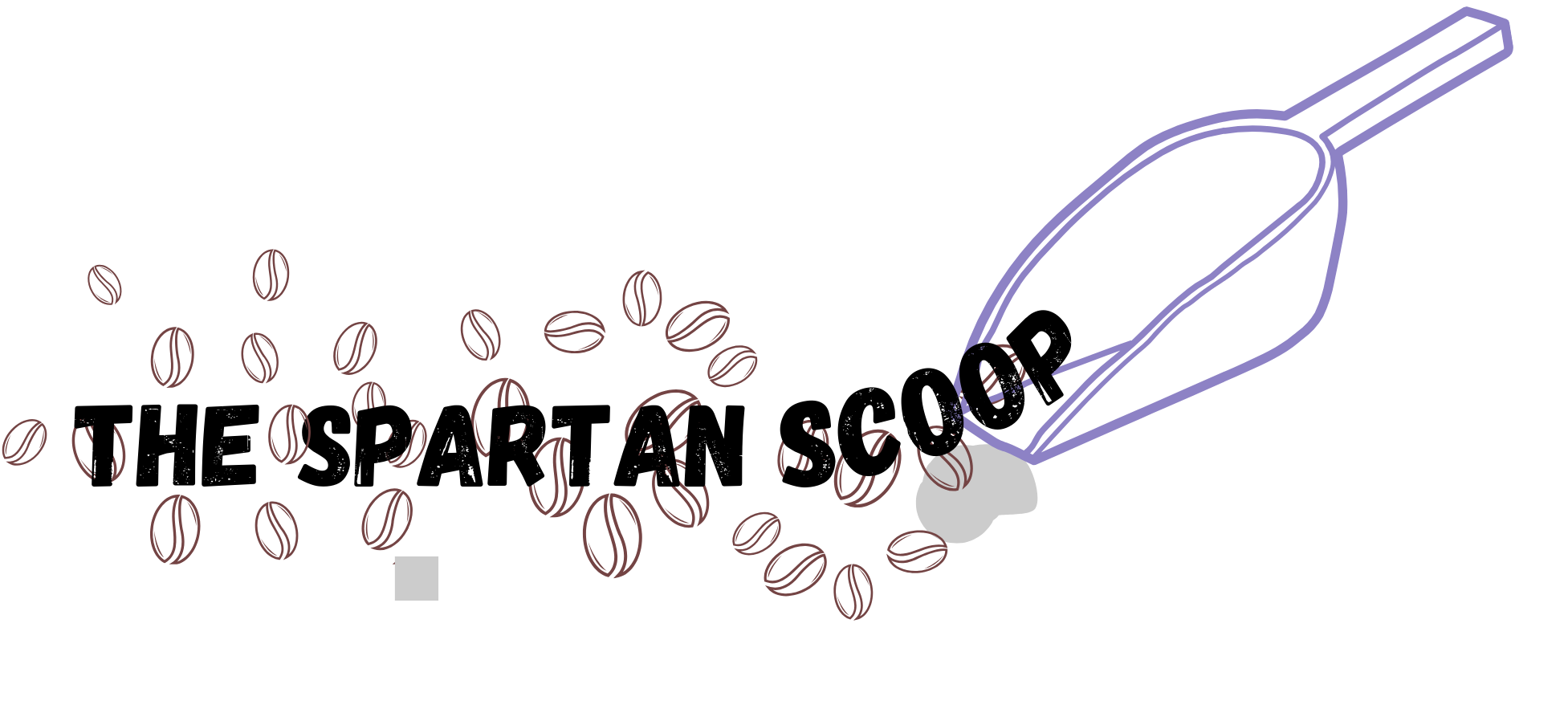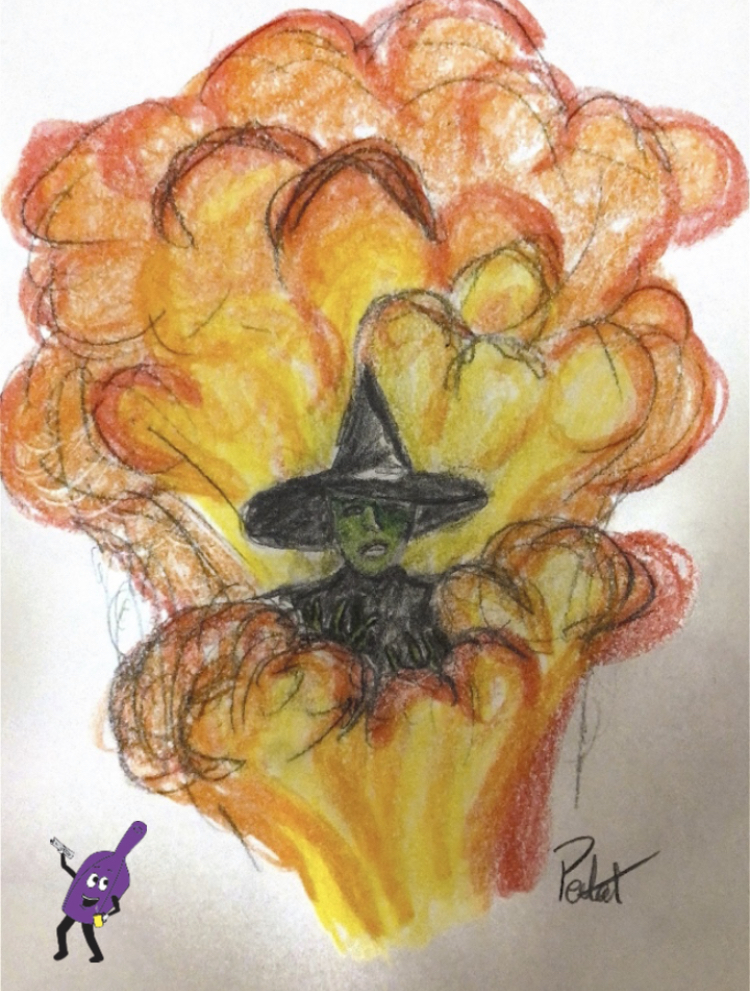The Wizard of Oz is widely known for being one of the classic children’s stories of our time. Despite the positive connections many have to the story, conditions of the film and their long lasting effects on the actors, provide evidence that the so-called “wonderful” Wizard of Oz may not have been as magical as it once seemed.
During the six months of the film’s making, October of 1938 to March of 1939, many accidents occurred that put the actors in harm’s way.
One of the most prominent on set problems was the contents and contamination risks of the prosthetics and makeup. The Wizard of Oz required extreme makeup transformations due to the story’s complex character designs, however, the limitations in both technique and resource resulted in dire consequences.
Margaret Hamilton, who portrays the wicked witch of the west, had to endure many tedious processes due to her role (including intense special effect scenes in order to truly bring out her ‘witchyness’). However, these stunts resultedin the injuring of not only Hamilton herself, but her stunt double, Betty Danko, as well.
One of the most prominent on set problems was the contents and contamination risks of the prosthetics and makeup.
During Witch’s infamous final scene, she was meant to vanish in an evanescent puff of red smoke and fire. These effects were meant to be put into action after Hamilton had delivered her final line and been safely lowered into a trapdoor beneath the stage.
During one of the takes of the scene, however, the trapdoor failed to open. This caused the smoke and fire to be released while the actress was still present on stage. The intensity of the heat resulted in “second degree burns on her face and third degree burns on her hand”.
Even though Hamilton was already suffering immense pain, another problem immediately arose. The actress had to don full-body green makeup as part of her costume Despite the known dangers, this makeup was copper based.
Because of this, Hamilton’s freshly burned skin had to be thoroughly cleansed with acetone in order to prevent the toxins from entering her bloodstream through the wounds.
Margaret Hamilton, however, was not the only actor who suffered during the months of the movie’s making.
The beloved role of the Tin Man required two separate actors due to the aluminum content of the makeup he was painted with. Buddy Ebsen, the first of the two actors, had to be removed from set after only nine days and immediately put on oxygen as a result of how much aluminum he had already ingested.
With Ebsen unable to come back in an adequate amount of time for filming, another actor, Jack Haley, was brought in as a replacement. In an attempt to avoid the previous events, the makeup used on Haley was an aluminum paste rather than dusted on as a powder.
Despite their efforts, aluminum is still aluminum and Haley developed a treatable eye infection during his time as the Tin Man.
Both Bert Lahr, actor of the Cowardly Lion, as well as, and Ray Bolger, who portrays the Scarecrow, were also subjected to unethical work environments
The costume of the Cowardly Lion was constructed from real lion skin. Because of this, it was extremely hot and weighed in at “90 to 100 pounds”. Meaning Lahr had to endure not only the extreme heat of the costume itself, but the excruciating heat of the stage lights as well.
As expected, the actor would sweat immensely any time he had to wear the costume. The problem became so bad that the movie required “two people on set whose sole job it was to dry out the Cowardly Lion costume every night”.
Similarly, Ray Bolger, or the Scarecrow, wore full-face prosthetics that clung so tightly to his skin that the markings it left indented in his face apparently “took more than a year to disappear”.
Finally, the star of the show, Judy Garland who played Dorothy, was subjected to long-lasting effects due to her treatment as a young actress.
The actress was only sixteen years old when filming began, and due to the overwhelmingly demanding environment the set created, she was forced to take various drugs given to her by the producers.
She took sleeping pills as a way for her body to rest on demand, and stimulants in order to stay awake during the extensive hours of filming.
Since the time of The Wizard of Oz, research has been done in order to create laws that protect children from what would now be considered drug abuse. With this knowledge it is known that early use of substances can lead to severe addictions as well as affecting brain development and causing permanent damage.
The drugs given to her led the actress to a lifelong drug addiction that resulted in multiple suicide attempts before Garland died of an accidental overdose at forty-seven years old.
Standards of both the way the production is constructed, as well as the conditions actors are subjected to have improved greatly since the Wizard of Oz was first produced. However, continuing to acknowledge how these actors were treated prevents those standards from lowering and putting more actors in harm’s way.




